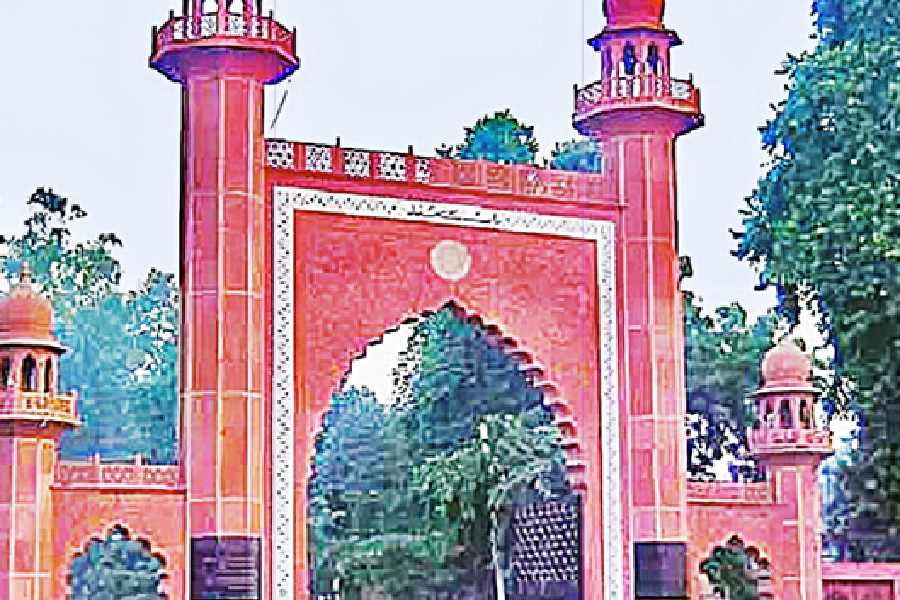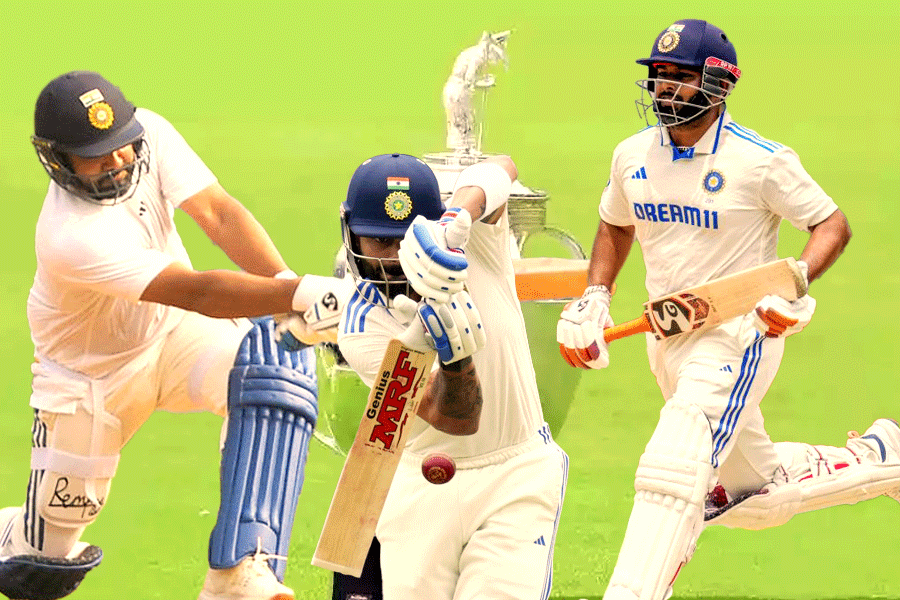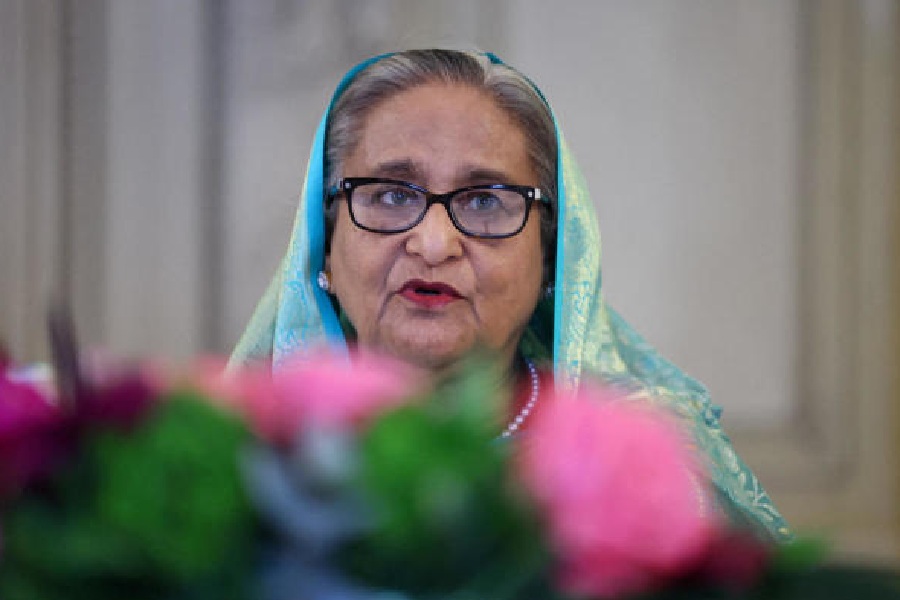The three dissenting judges on the seven-judge Supreme Court bench that delivered Friday’s ruling on Aligarh Muslim University’s minority status questioned the judicial propriety of a two-judge apex court bench’s decisions on the matter in 1981.
That year, the two-judge bench (in the Anjuman-e-Rahmania case) had questioned the correctness of a five-judge verdict of 1967 (Azeez Basha case) that said that since Aligarh Muslim University had been established by a central law, it was a central university and not a minority institution. The two-judge bench had then referred the matter to a seven-judge bench, which was never formed.
Justice Surya Kant, Justice Dipankar Datta and Justice Satish Chandra Sharma
wrote separate dissenting judgments on Friday asking how a two-judge bench could directly refer a matter to a seven-judge bench instead of referring it to a three-judge bench, which could have referred it to a seven-judge bench.
“The two-judge bench in Anjuman, being of lesser strength than the five-judge bench in Azeez Basha, lacked the authority to explicitly question the correctness of Azeez Basha and refer the matter to a seven-judge bench,” Justice Kant observed.
“With utmost respect at our command, we do not appreciate as to how a two-judge bench could dictate its viewpoint to the Chief Justice of India. This, to our mind, effectively impaired the Chief Justice’s authority as the master of the roster.
“Allowing such a practice would enable benches of lesser strength… to undermine the decisions of larger benches, potentially even an 11-judge bench. This would also place the Chief Justice in an untenable position, who would be bound by a judicial order while acting in an administrative role, leading to procedural complications and embarrassment.”
Justice Kant referred to Order VII, Rule 2, of the Supreme Court Rules, 1966, which said: “Where in the course of the hearing of any cause, appeal or other proceeding, the Bench considers that the matter should be dealt with by a larger Bench, it shall refer the matter to the Chief Justice, who shall thereupon constitute such a Bench for the hearing of it.”
He also referred to a ruling by a five-judge constitution bench in 2005 (Central Board of Dawoodi Bohra Community and another vs State of Maharashtra) that said: “A Bench of lesser quorum cannot doubt the correctness of the view of the law taken by a Bench of larger quorum. In case of doubt, all that the Bench of lesser quorum can do is to invite the attention of the Chief Justice and request for the matter being placed for hearing before a Bench of larger quorum than the Bench whose decision has come up for consideration.
“It will be open only for a Bench of coequal strength to express an opinion doubting the correctness of the view taken by the earlier Bench of coequal strength, whereupon the matter may be placed for hearing before a Bench consisting of a quorum larger than the one which pronounced the decision laying down the law the correctness of which is doubted.”
Justice Kant said: “The abovesaid rules do not bind the discretion of the Chief
Justice….”
Justice Datta observed: “I am left to wonder how the bench of 2 judges in Anjuman-e-Rahmania could at all request that the case be placed before a bench of at least 7 judges. Without a doubt, what the bench in Anjuman-e-Rahmania did was not only plainly impermissible in law but the referral order answers the test for holding a judgment per incuriam (made without considering the relevant laws or statutes).”
He said that if such instances were allowed, “I am afraid, tomorrow, a bench of 2 Judges, referring to opinions of jurists… could well doubt the ‘basic structure’ doctrine and request the Chief Justice of India to constitute a bench of 15 Judges.”
Justice Sharma remarked: “The bench of two judges in… 1981… could not have referred the matter to a bench of seven Hon’ble Judges directly, without the Hon’ble Chief Justice of India being a part of the bench.”











